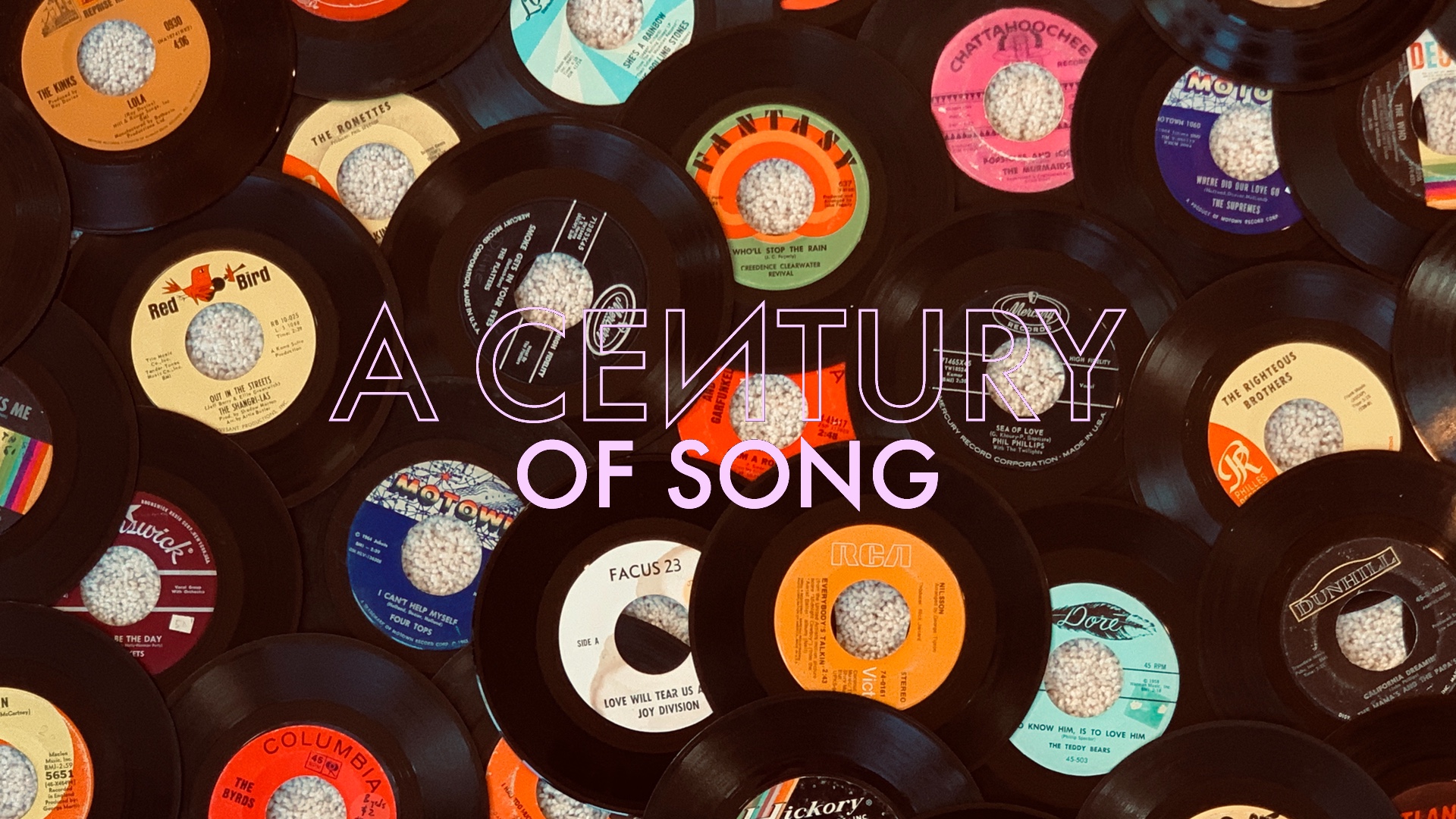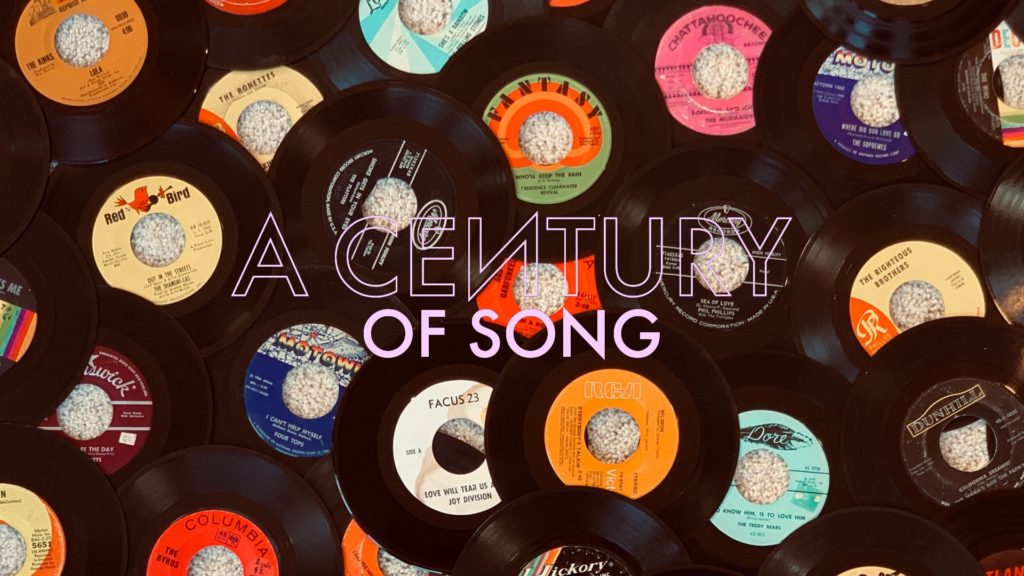
A Century of Song is an attempt to summarize 100 years of popular music through 1000 carefully chosen tracks. Included within this list are landmark singles, stellar album cuts, huge hits, hidden gems, and more than a few personal favorites. Read the introduction for the project here, and enjoy the embedded videos and Spotify playlist.
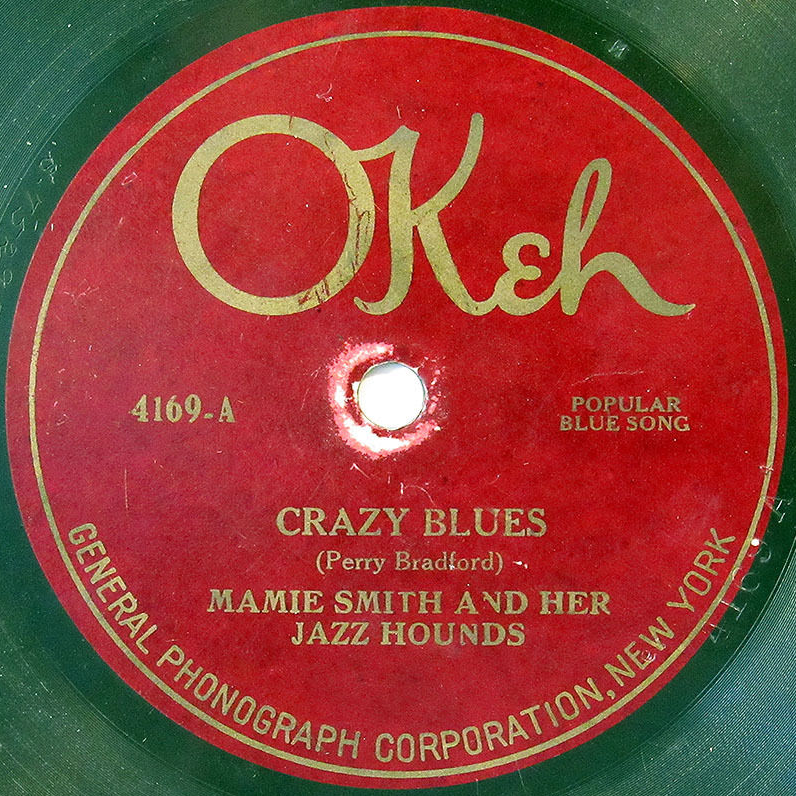
1000
On August 10, 1920, something occurred for the first time in history: a group of Black musicians arrived in a recording studio to record music for a primarily Black audience. Standing at the vocal mic was a thirty-something blues singer – accounts of her true birth date vary – named Mamie Smith. Smith had appeared in a studio once before, as a stand-in for a white vocalist who had fallen ill, but this time, she was here for her own session.
As is often the case with recordings from this era, the details of the session are contested. Smith and the quintet that backed her recorded two songs written by Smith’s former co-star on the vaudeville circuit, Perry Bradford. According to some accounts, the famous stride pianist Willie “The Lion” Smith was present, part of the makeshift group of musicians that Okeh Records dubbed the “Jazz Hounds” on the single that the session yielded.
The A-side of that single, “Crazy Blues,” was the standout track – a loping number with mournful lyrics that featured a powerful vocal performance from Smith. While definitely a blues song, the arrangement skews more toward the jazz end of the spectrum, particularly in the interplay between the high notes of Bob Fuller’s clarinet and Dope Andrews’ low trombone.
Upon its release in October 1920, “Crazy Blues” was an undeniable hit. Within a year, it would sell over a million copies, confirming the buying power of African-American consumers, and creating a market for what labels would soon begin calling “race records.” Its commercial success paved the way for a host of blues and jazz artists in the years to come, artists who may have never entered a recording studio if not for the success of “Crazy Blues.” For all intents and purposes, the history of popular music begins here, and therefore, so do we.
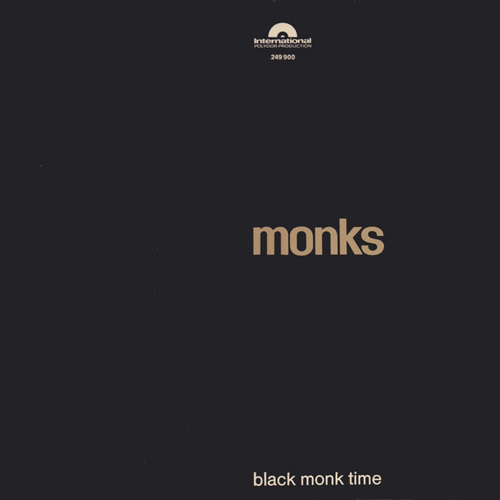
999
The story of The Monks makes for one of the most interesting band biographies of all time. The group – which could reasonably be considered among the very first punk bands – was formed by five American GIs while stationed in Germany in the mid-sixties. Remaining there after their military service was complete, the band hooked up with a group of German avant-gardists, who became their managers, and encouraged them to don traditional monk robes and tonsures.
Creating a sound that was heavily rhythmic, drenched in feedback, and defiantly non-conformist, The Monks were destined to stand out on the Hamburg scene – or anywhere for that matter. They ultimately caught the attention of Polydor Records, who released their first – and only – album, Black Monk Time, in 1966.
As the lead-off track on the album, “Monk Time” is a call to arms from a group that had taken up a literal call to arms, and was now hell-bent on denouncing everything that their previous careers had stood for. Its sound is harsh and violent, despite the song being a powerful plea against the violence that was rapidly escalating in Vietnam.
It’s easy to overemphasize “uniqueness” when assessing popular music, given its very nature of repurposing old ideas in a new context, but there is very little precedent for the sound of “Monk Time.” The song, and its parent album, would not even register as a blip on the charts – it wasn’t even released in the U.S. until the late-1990s – but it would prove to be a foundational influence on punk and krautrock bands that followed in its wake.
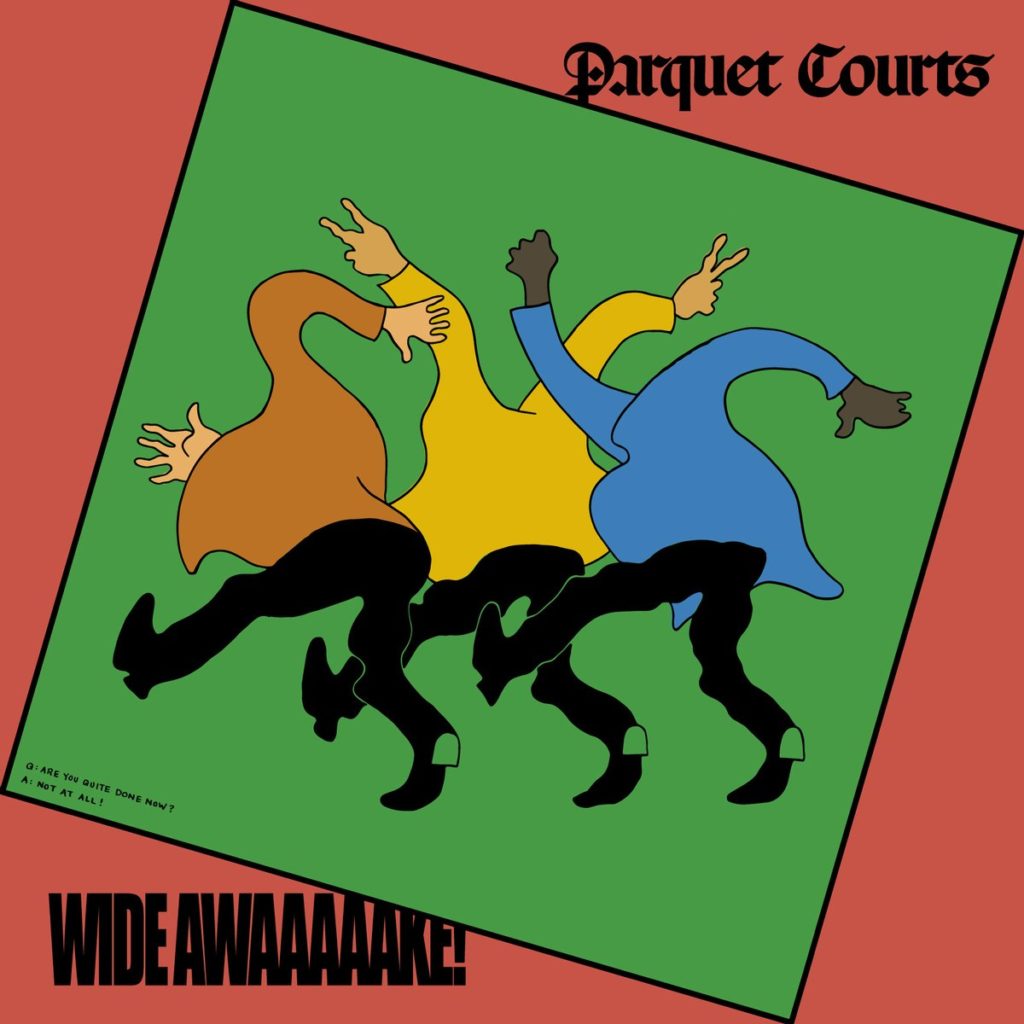
998
One didn’t have to look too hard to find politically-charged music in the wake of the 2016 election. However, little of it matched the ferocity of this track from the Brooklyn-based band Parquet Courts, who had spent the first half of the 2010s establishing themselves as one of the most intriguing bands in American indie rock.
A highlight from their excellent 2018 album, Wide Awake!, “Violence” avoids the pitfalls of commenting on electoral politics, and instead, focuses on systemic oppression, both subtle and overt. Vocalist Andrew Savage barks his missive over a funk-inspired backing that lands somewhere on a spectrum between Pavement and Talking Heads. His “State of the Union” address is a caustic indictment of both the literal and metaphorical violence inherent in a system that prioritizes profit over people, accepts mass shootings as “collateral damage,” and sees gentrification as a necessary byproduct of “urban renewal.”
Above all, “Violence” is smart – political rock music done the right way. Along with several other tracks from Wide Awake!, it showed that Parquet Courts refused to participate in the complacency that their generation was so often accused of.
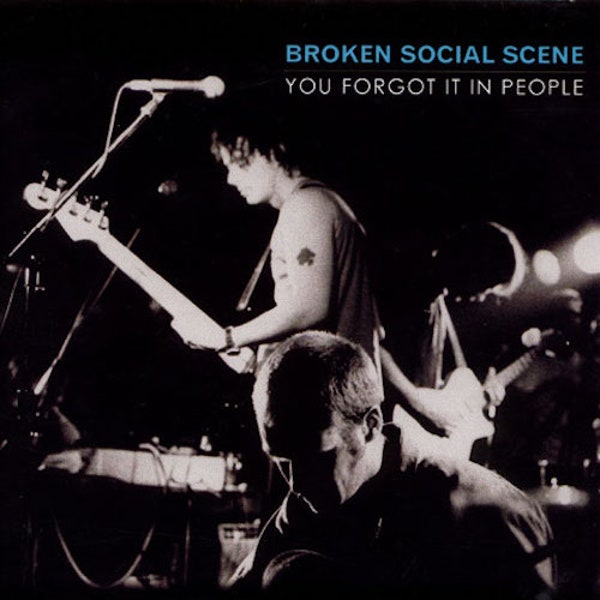
997
Often described as a “collective,” rather than a band, Broken Social Scene was formed by veterans of the Toronto experimental rock community in the late-1990s. While their 2001 debut, Feel Good Lost, made waves on the local scene, it was their 2002 follow-up, You Forgot It in People, that made them one of the great “out-of-nowhere” success stories in indie rock in the early 2000s.
An early highlight of You Forgot It in People, “KC Accidental” is all high drama – four minutes of glorious release that take full advantage of the band’s expansive cast of contributors. While informed by their experimental roots, “KC Accidental” is wholly accessible, blending crashing drums, wall of sound guitars, and plaintive strings to powerful effect.
You Forgot It in People features several other undeniable highlights, but none that quite capture the range of Broken Social Scene’s appeal as effectively as “KC Accidental.” It synthesizes an era just before Canada – particularly the scenes in Toronto and Montréal – would briefly become the epicenter of indie rock’s ascension to the mainstream.
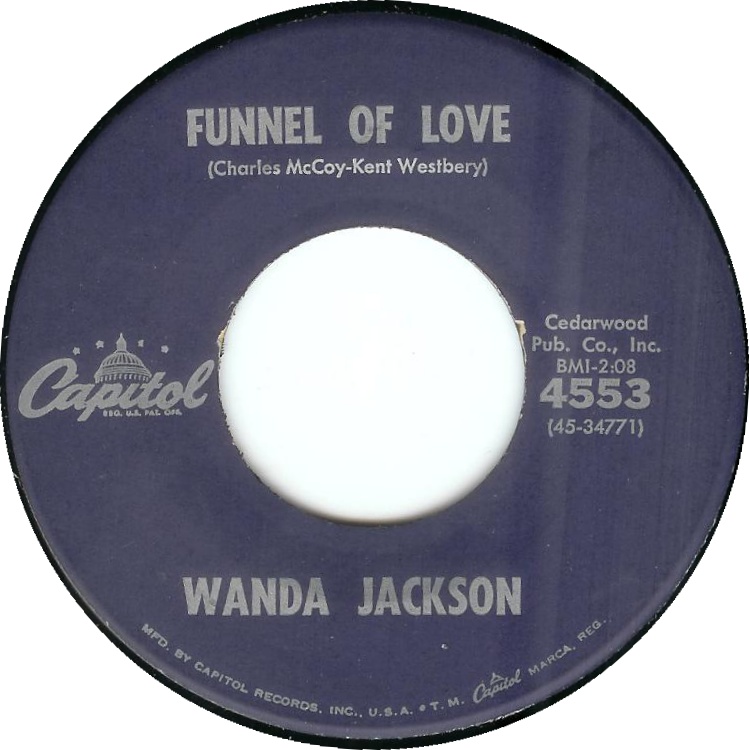
996
Wanda Jackson was a pioneering figure of country music, and arguably the first woman to perform in the rockabilly style. A gifted singer, guitarist, and songwriter, Jackson was a legitimate star in a male-dominated industry. While her recordings helped to define country music in the late-1950s and early-1960s, her greatest track defies easy categorization.
Written by Charlie McCoy and Kent Westbury, “Funnel of Love” appeared as the B-side to what was arguably Jackson’s biggest hit, 1961’s “Right Or Wrong.” Featuring a slinky guitar riff – courtesy of Roy Clark – that gives the song a decidedly sinister feel, Jackson’s sultry vocal take stands with the best in her catalog. Punctuating each repetition of the title phrase is an ethereal descending backing vocal that is the song’s most intriguing hook, despite no shortage of competition.
Jackson would never release “Funnel of Love” on an LP – at least not until she re-recorded it for a 2003 album. However, it remains one of her most popular and endearing tracks.
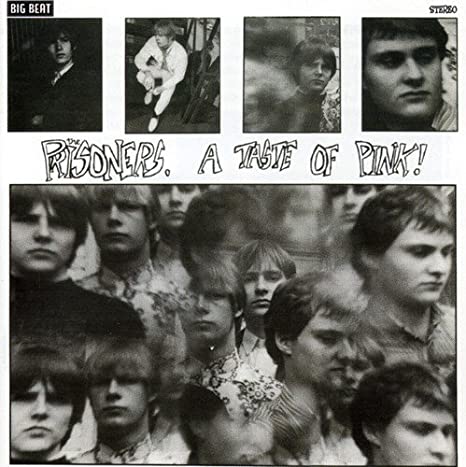
995
The “twenty-year nostalgia cycle” is one of the most persistent phenomena in pop culture. In the 1980s, young musicians on both sides of the Atlantic participated in a revival of sixties-era stylings, particularly those of garage bands like the ones featured on compilations such as Nuggets and Pebbles. One such group was a quartet from Rochester, Kent known as The Prisoners.
Released on their 1982 debut album, “Pretend” is a convincing facsimile of sixties garage rock, but one filtered through the punk explosion of the previous five years. The strongest connection to the sixties is the presence of the Vox Continental organ, a mainstay of garage rock classics, such as “96 Tears,” “Pushin’ Too Hard,” and “Double Shot of My Baby’s Love.” Its connection to punk is established in the jagged guitar riff that punctuates each line of the song’s insistent verses, and the frantic instrumental mid-section.
While The Prisoners would ultimately fail to achieve commercial success, their legacy includes four strong albums, and this powerful track that stands among the best exemplars of one of rock music’s great revival scenes.
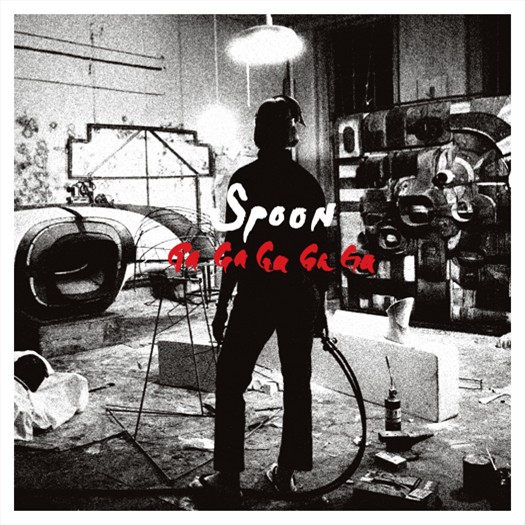
994
If the “twenty-year” theory holds up, it stands to reason that there would be a forty-year aftershock. While the effects of long-tail economics led to less of a sense of cultural consensus by the 2000s, evidence of early-sixties revivalism was evident in the popularity of Mad Men, Catch Me If You Can, and mid-century modern furnishings. Indie rock was no exception, as this track from Spoon’s excellent sixth album shows.
The absurdly-titled Ga Ga Ga Ga Ga was the Austin band’s finest album to date, and its highlight is this song that borrows heavily from the feel of classic Motown singles. “You Got Yr. Cherry Bomb” found the band building upon their signature minimalist sound with a lush arrangement that featured horns and vibraphone. Lead singer Britt Daniel contributed one of his strongest vocal melodies, which was augmented by well-deployed harmonies.
While not officially released as a single, “You Got Yr. Cherry Bomb” would rightfully become one of the best-loved tracks by a band that maintained a remarkable winning streak throughout the 2000s.
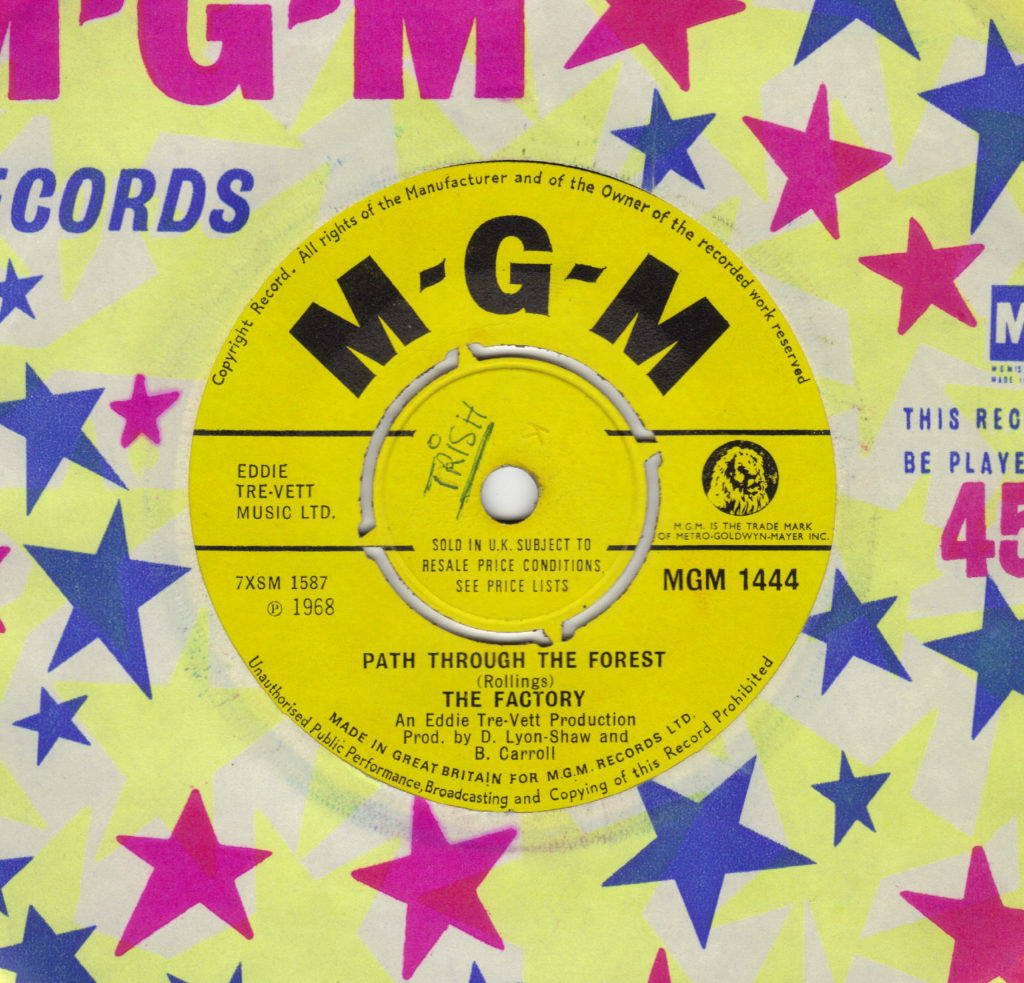
993
While the 1960s are largely defined by popular music’s most titanic figures operating at their artistic peaks, it was also a decade that was remarkably fertile for obscure acts as well. While the Surrey, UK band The Factory had been signed to a major label, their tiny body of work remains largely unknown.
The A-side to their first single, “Path Through the Forest” was reportedly a favorite of the legendary British DJ, John Peel, and it’s not hard to see what Peel found in the song. Beginning with a bass riff that is a dead ringer for peak-era Guided by Voices, “Path” rides waves of feedback and an understated walkie-talkie lead vocal, until the song is overtaken by Ian Oates’ smoldering electric guitar work.
The Factory would release just one more single before disbanding in 1969, but their signature song remains a “freakbeat” classic, and one of the best examples of British psychedelia from the 1960s.

992
Yo La Tengo have been indie rock stalwarts since the mid-1980s. To many fans, the Hoboken, New Jersey band is best defined by their long and winding guitar workouts, which showcase Ira Kaplan’s penchant for feedback. However, their greatest track is one that features no guitar at all, and instead finds the group exploring a minimalist electronic sound.
The centerpiece to 1997’s outstanding I Can Hear the Heart Beating as One, “Autumn Sweater” rides an inviting groove, courtesy of vintage organs and Georgia Hubley’s steady beat. Kaplan’s vocal work is in his typical understated, low-key mode, adding to the song’s warm, blanket-like effect. It strikes a perfect balance between the band’s noisier impulses, and and their sparse, ambient work.
For over thirty years, Yo La Tengo has served for many as a model of integrity in a notoriously fickle industry – a band of music fans, for music fans. The synthesis of their many influences yields striking results on this fantastic track.
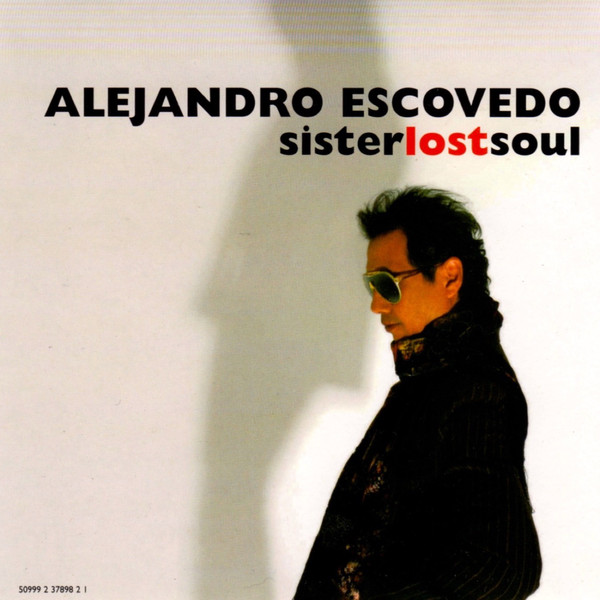
991
Two things about me: 1) I love the Philadelphia Phillies; and 2) I have a tendency toward superstition. During the Phillies’ 2008 playoff run, my superstition of choice was routine. For the entire month of October, the only album that I kept in my car’s six-disc CD changer was singer-songwriter Alejandro Escovedo’s recently-released Real Animal – an overlooked album that was a then-current favorite in my circle of friends.
Real Animal found Escovedo in an introspective mindset, as he reflected back on his years as a veteran of the New York and San Francisco punk scenes, tragically-lost love, and his own near-death battle with hepatitis C. Its most moving track, Sister Lost Soul, stands as Escovedo’s greatest song – a plaintive, mid-tempo ballad that largely abandons the specific details of the surrounding tracks to create something much more universal.
My superstition worked. The Phillies won the World Series. I kept Real Animal in the changer for an extra week, just to make sure that the luck carried over into the presidential election. Thankfully, it worked again.
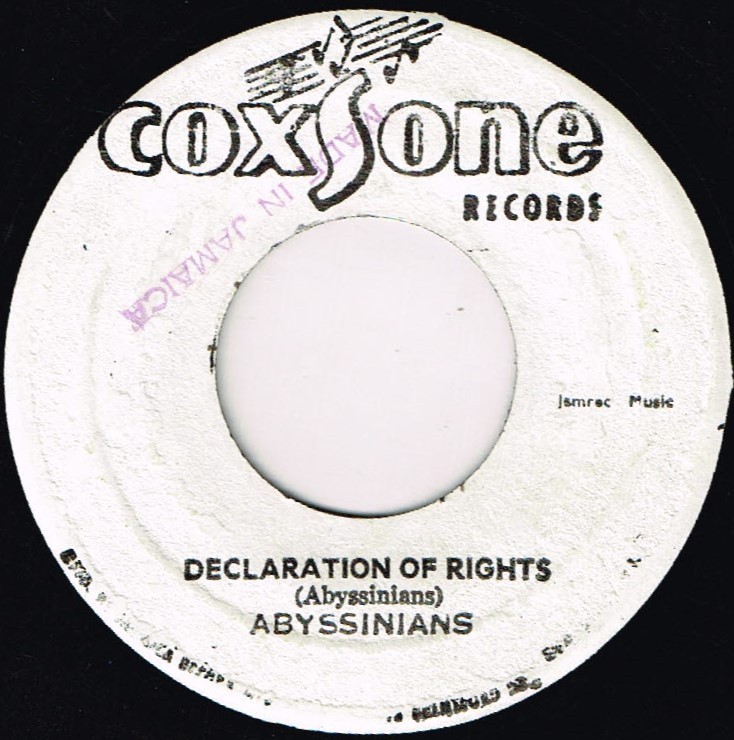
990
Formed in Kingston in 1968, The Abyssinians would be crucial players in the emergence of reggae music. While the group would face a challenging path in getting their music to the people, in time, their best songs would become anthems of Jamaica’s Rastafarian movement.
First released as a single in 1972, “Declaration of Rights” would be re-recorded for The Abyssinians’ 1976 debut album, Satta Masa Gana – where it appeared as the opening track. Lyrically defiant with sinister musical undertones, the song is a showcase for the group’s excellent vocal harmonies. It’s hard to imagine that it wasn’t a primary influence on Bob Marley and Peter Tosh’s “Get Up, Stand Up” – released in 1973.
While The Abyssinians ultimately didn’t reach the same level of notoriety as Marley, Tosh, or many other well-known reggae artists, they were a foundational influence on the “roots” movement that brought Jamaican music and culture to receptive audiences around the world.
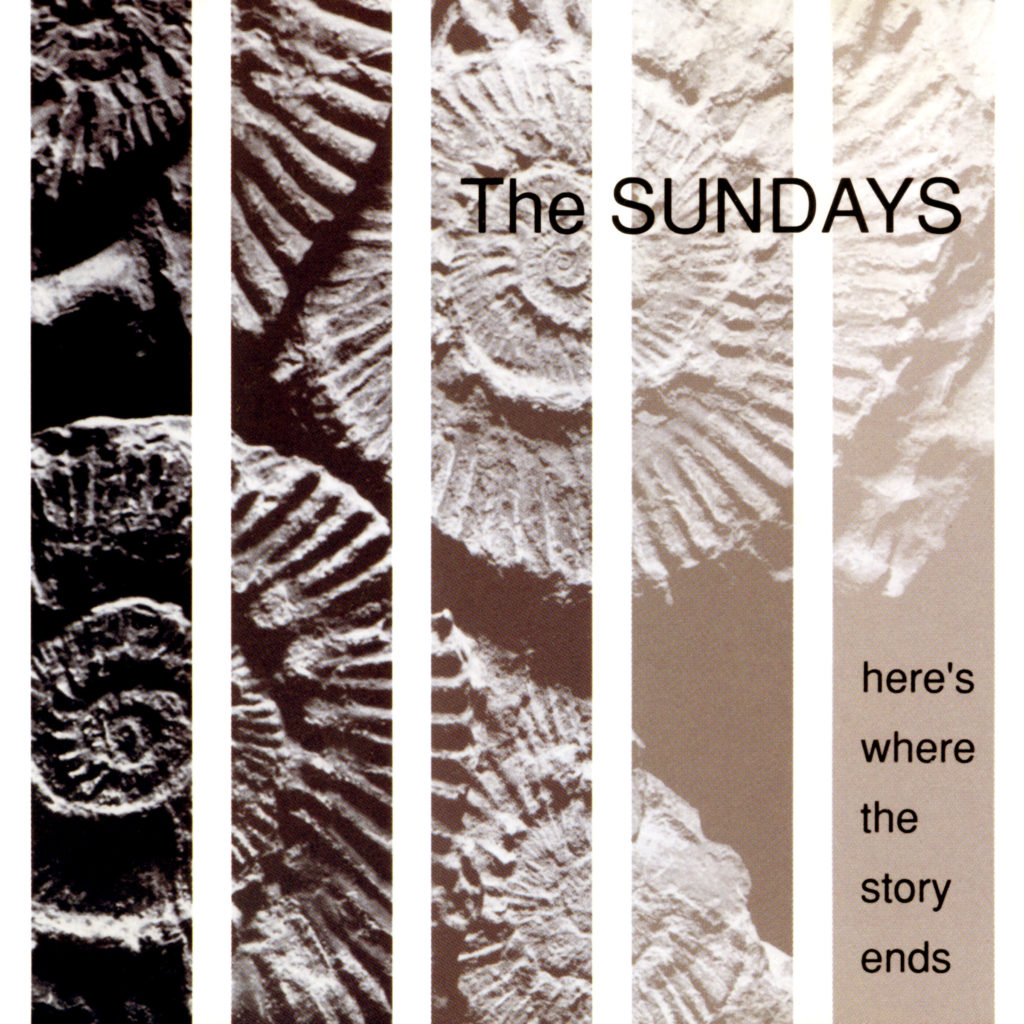
989
Caught in the space between the “jangle pop” stylings of the eighties and the “dream pop” sound of the nineties, the signature song from The Sundays was an international hit for the unassuming London band. The vocals of Harriet Wheeler – who co-wrote the song with guitarist and future-husband David Gavurin – are the defining element of “Here’s Where the Story Ends,” but its breezy arrangement and lightly melancholic lyrics make its eventual success seem inevitable in hindsight.
While The Sundays would struggle to repeat the success of “Here’s Where the Story Ends,” it served as a template for what would soon be referred to by radio programmers as “adult alternative” music. A younger me always interpreted that genre descriptor as something of a backhanded compliment, but this is a fine exemplar of it.

988
The debut from London’s Television Personalities is one of the great relatively-hidden gems of the early-1980s. While largely a vehicle for the songs of Dan Treacy, …And Don’t the Kids Just Love It mixes Treacy’s lo-fi origins with a full band sound – one that echoes the great British rock bands of the sixties, while drawing plenty of inspiration from punk.
And Don’t the Kids Just Love It houses several great tracks, including its closer, “Look Back In Anger.” Equal parts The Who and Buzzcocks, “Look Back In Anger” is a fantastic conclusion to a hook-filled record that saves its best for last. Treacy’s vocals and guitar sit high in the mix, but the work of the rhythm section gives the track an anthemic feel.
While Television Personalities never rose above the level of a cult band, it’s not hard to imagine a young Robert Pollard and/or Stephen Malkmus listening closely – and taking detailed notes – to “Look Back in Anger.”
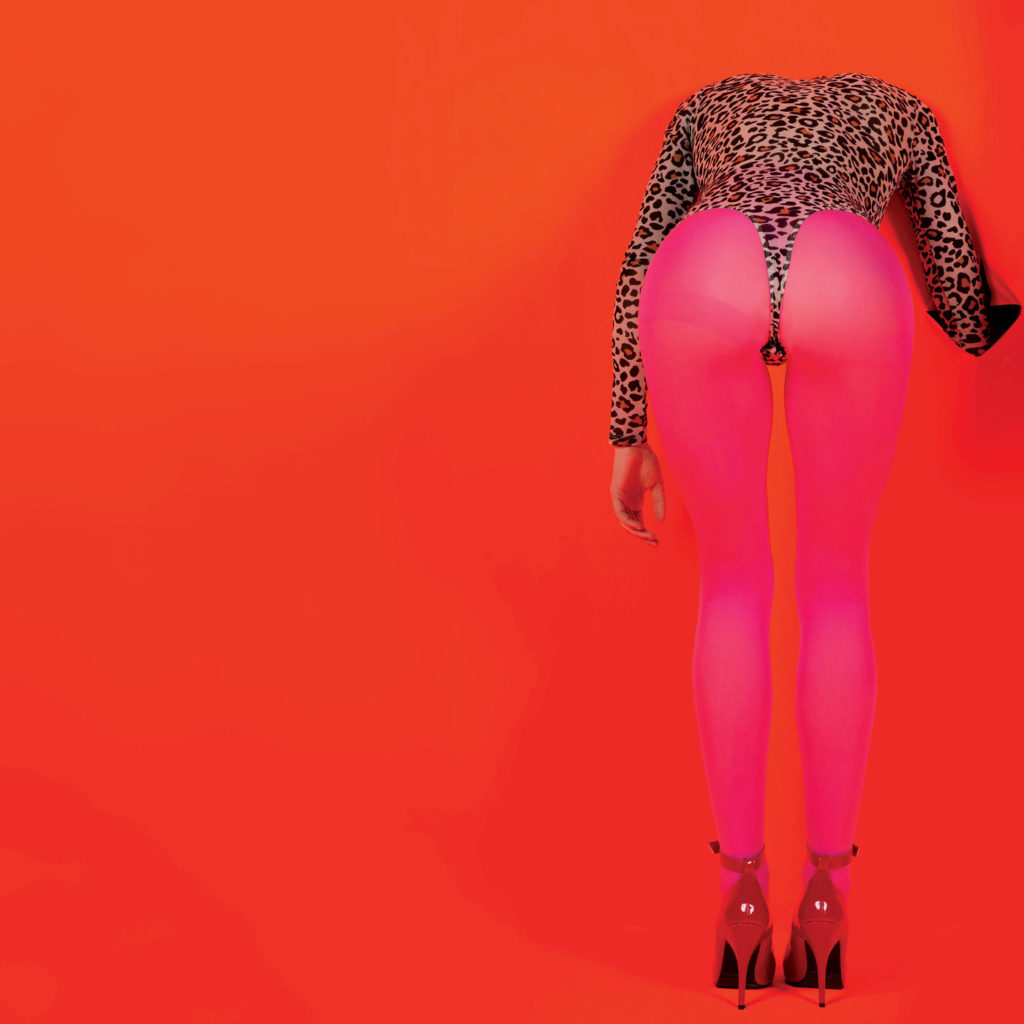
987
Over the course of the 2010s, Annie Clark – better known as St. Vincent – established herself as one of the most forward-thinking visionaries in modern pop music, drawing critical acclaim and commercial success in the process. For her fifth record, 2017’s Masseduction, Clark made her most overt movement toward the mainstream yet, but managed to do so while retaining her own idiosyncratic charm.
The centerpiece and highlight of Masseduction was the album’s second single, “Los Ageless.” Featuring one of Clark’s signature warped guitar riffs, the song matches a thumping electronic backing to some of her sharpest songwriting yet. It helped launch Masseduction into the Billboard top 10 upon its release, bringing Clark her best chart success to date.

986
Scott Miller is one of the tragic figures of American rock music. Miller formed Game Theory in the early-eighties while studying engineering at U.C. Davis. The band became associated with California’s “Paisley Underground” scene – alongside other excellent groups like The Dream Syndicate, Rain Parade, and The Three O’Clock – but while their songs displayed Miller’s knack for a great melody, they failed to attract much of an audience.
One of Miller’s sharpest hooks appears in the chorus of “Erica’s Word” – the lead single and standout track from Game Theory’s second album, 1986’s The Big Shot Chronicles. Miller’s brand of pop was always somewhat oblique, but “Erica’s Word” found him at his most direct and anthemic. It should have been a massive hit.
Unfortunately, Miller’s story did not have a happy ending. His follow-up project, The Loud Family, suffered a similar fate, and his lack of success left Miller bitter and disappointed. By the 2010s, Game Theory’s albums were long out-of-print, and in 2013, Miller died by suicide at the age of 53.

985
Tom Waits underwent an artistic reinvention with the so-called “Frank’s Wild Years” trilogy that began with 1983’s masterful Swordfishtrombones. On those albums, Waits’ lonely bar balladeer persona morphed into that of a twisted carny barker, who still found time for a mournful ballad when the mood struck. Five years after the conclusion of that trilogy, Waits returned, darker than ever, with the apocalyptic Bone Machine in 1992.
While Bone Machine is a decidedly bleak affair, its highlight is one of the most playful songs in Waits’ career. Though “I Don’t Wanna Grow Up” is laced with melancholy, there’s a softness at its core that makes it an especially endearing track. From the perspective of a child, Waits laments a future full of responsibilities and regret. It’s particularly affecting coming from a singer who had built his entire career on songs about those who had been beaten down by the harsh cruelties of adulthood.
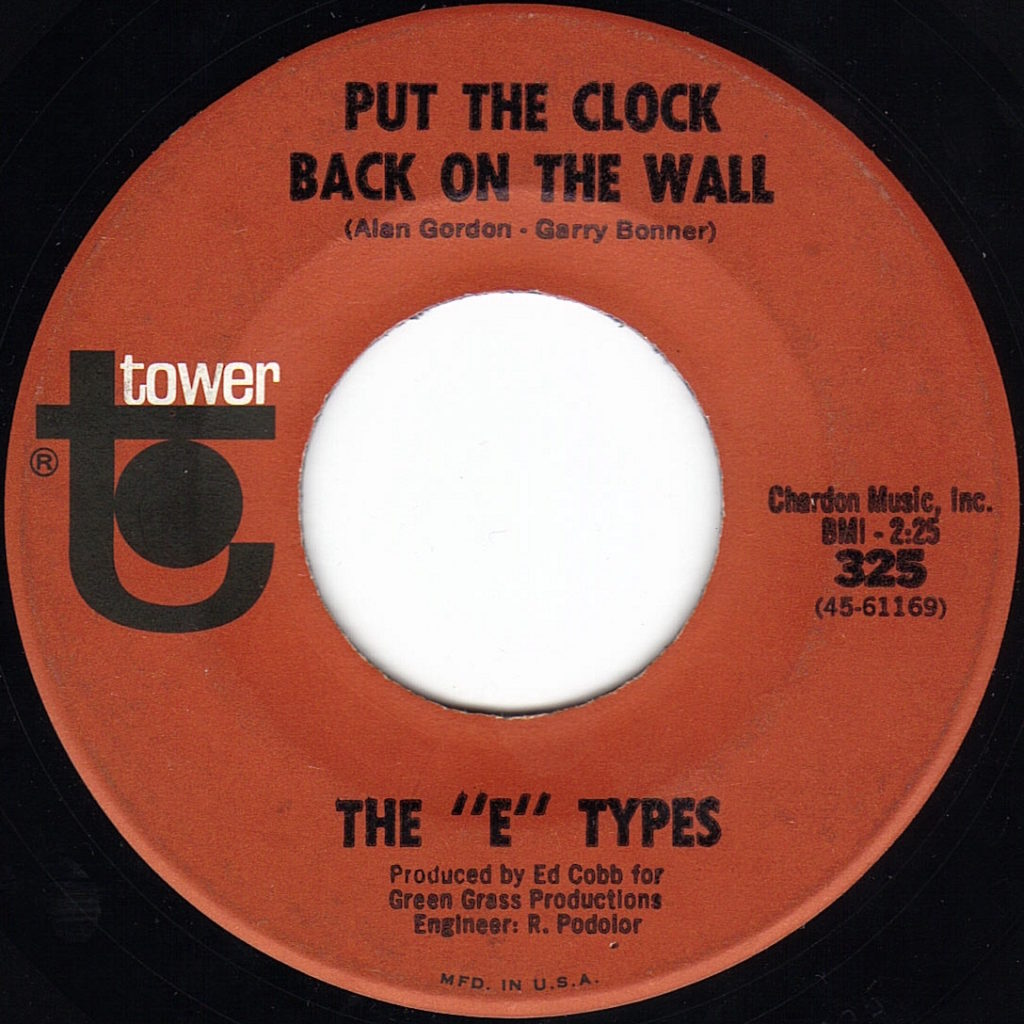
984
Hailing from Salinas, California – hometown of John Steinbeck – The “E” Types had a far more polished sound than most of their garage rock contemporaries. The short-lived group only managed to release five singles before disbanding in 1968 – after briefly changing their name to Charolette Wood – but one of those tracks lives on as a staple of garage rock compilations.
The A-side to their third single, “Put the Clock Back on the Wall” showcases The “E” Types’ strong harmonies and musicianship. It was a regional hit for the group, and while it managed to gain the attention of radio programmers outside of California, the band was not able to maintain the momentum that its success provided.
Like countless other sixties-era garage rock bands, the members of The “E” Types moved on to a life outside of the music world. However, their signature track remains an indelible garage rock classic.
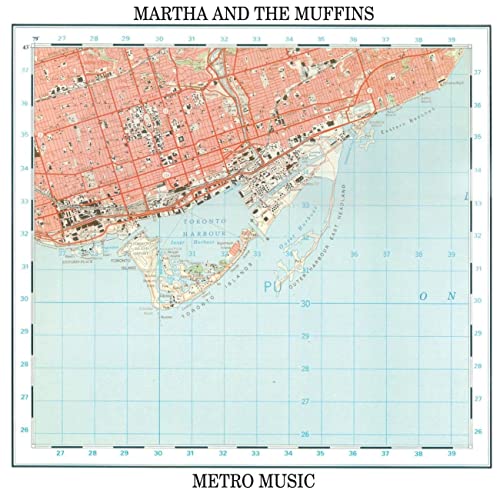
983
The lone international hit for the Toronto-based Martha and The Muffins expresses a longing to escape from the drudgery of everyday life – understandable, considering that songwriter Mark Gane composed it while working as a quality control associate, checking wallpaper for printing flaws.
“Echo Beach” was the key track from the band’s 1980 debut album, Metro Music. Its instrumental arrangement and energy placed it squarely within the burgeoning new wave scene, and Martha Johnson’s vocal performance perfectly captures the angst of Gane’s lyrics.
Incidentally, Echo Beach was not actually a real location, but rather, it symbolized a time or place in which one could find peace of mind. Its sentiment makes it a timeless classic of the new wave era.
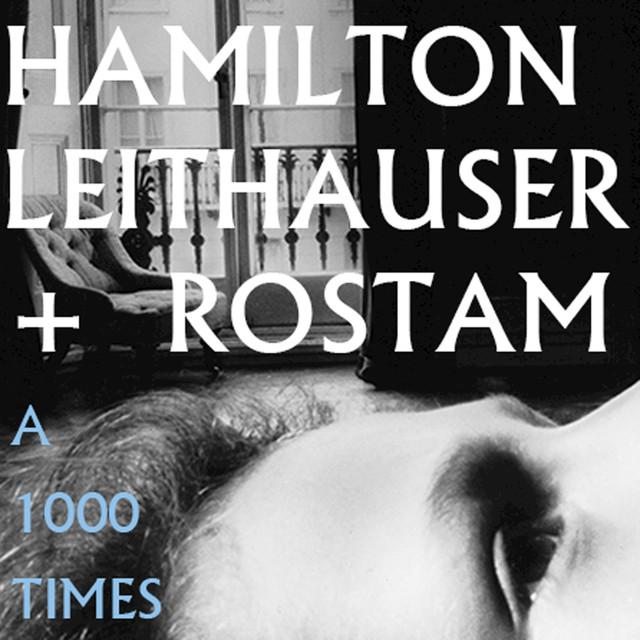
982
There’s a seemingly-throwaway line in the lead single from Hamilton Leithauser’s second post-Walkmen album that sums up the entire aesthetic of his music career: “I changed my crowd, I ditched my tie.” For me, Leithauser’s music always represented a mood that I call “post-formal” – the hours after a formal gathering, where the crowd thins to just close friends and family. Therefore, it was perfectly appropriate that I became familiar with the song during a pair of non-consecutive weekends in Arizona for two weddings: one for one of my best friends, and the other for my brother.
“A 1000 Times” (yes, the spelling bugs me too) is the perfect embodiment of post-formality, in both its music and lyrics. The arrangement – courtesy of ex-Vampire Weekend multi-instrumentalist Rostam Batmanglij – provides a semi-baroque complement, giving the song a stately feel, and Leithauser sounds as weary as ever, but wholly comfortable leaning into his shaggy crooner persona.
Those weekends back home came after a brutal 2016 summer, and they gave me hope that some dark clouds were finally beginning to lift. In between, the infamous Access Hollywood tape leaked, strengthening that sense. However, by the “10th of November” that Leithauser references in “A 1000 Times,” a new reality was setting in.
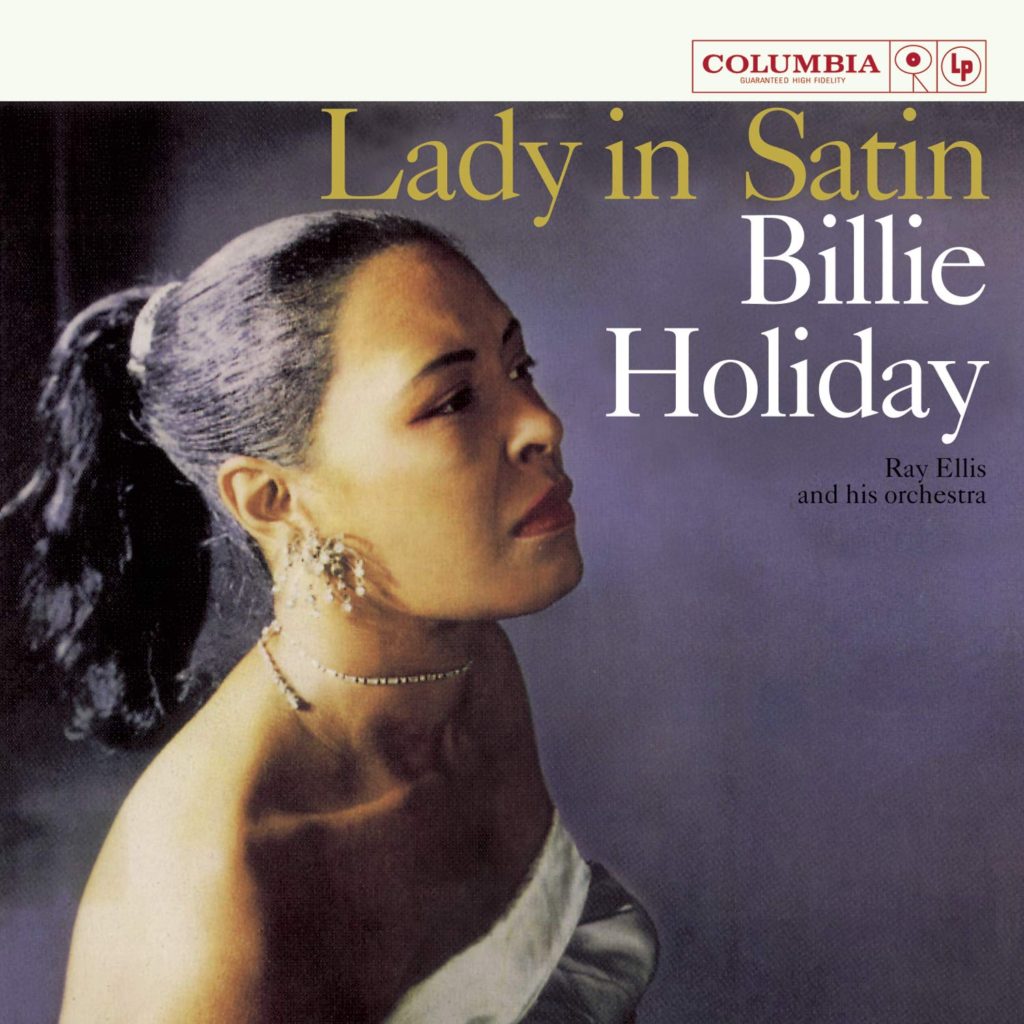
981
Lady in Satin: wherein the ghost of Billie Holiday seems to overtake the body of Billie Holiday. While the final album released during Lady Day’s lifetime continues to draw a mixed reception from fans and critics, I can’t help but think that it is the finest LP ever released by America’s greatest jazz singer.
Even detractors of Lady in Satin have a hard time dismissing its opening track, “I’m a Fool to Want You.” It’s here that Holiday’s fragile voice is at its most haunted, and Ray Ellis’ orchestration at its least obtrusive. The lushness of the arrangement both complements and clashes with the vulnerable singer at its center, making for a powerful juxtaposition.
Billie Holiday may not have had the vocal range of some of her contemporaries, but she had an expressiveness that was unrivaled. It’s that quality that makes “I’m a Fool to Want You” such an affecting recording. She’ll make several more appearances before this list is complete, but this is a singular moment in her catalog.


